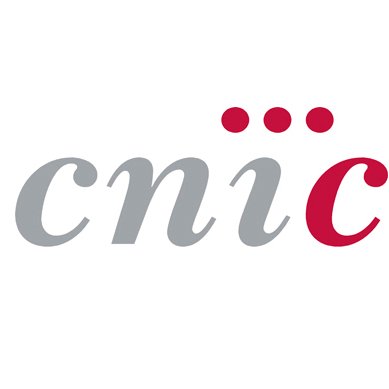PREVIOUS PROJECTS
Understanding the etiology of Insulin resistance (IR), the molecular mechanisms underlying its onset, as well as its potential complications in the context of metabolic homeostasis, are crucial for identifying useful biomarkers for diagnosis and new molecular targets that provide effective therapeutic treatment.
These have been the objectives of the MOIR (S2010/BMD2423) and MOIR2 (B2017/BMD3684) consortia funded in previous calls, in which we have coordinated and joined efforts to delve into the study of the molecular basis of IR in the main organs that tissue-specifically control blood glucose levels.
MOIR
Thus, MOIR contributed new knowledge about alterations in insulin actions in key organs such as the brain, adipose tissue, liver, pancreas, heart, and skeletal muscle in different pathophysiological conditions associated with IR (obesity, pregnancy, aging), using preclinical models of obesity and IR through dietary interventions and genetic modification (e.g., Ob/Ob, PPARg2KO, POKO, PTP1BKO, LIRKO).
Groups Belonging to the MOIR Consortium










